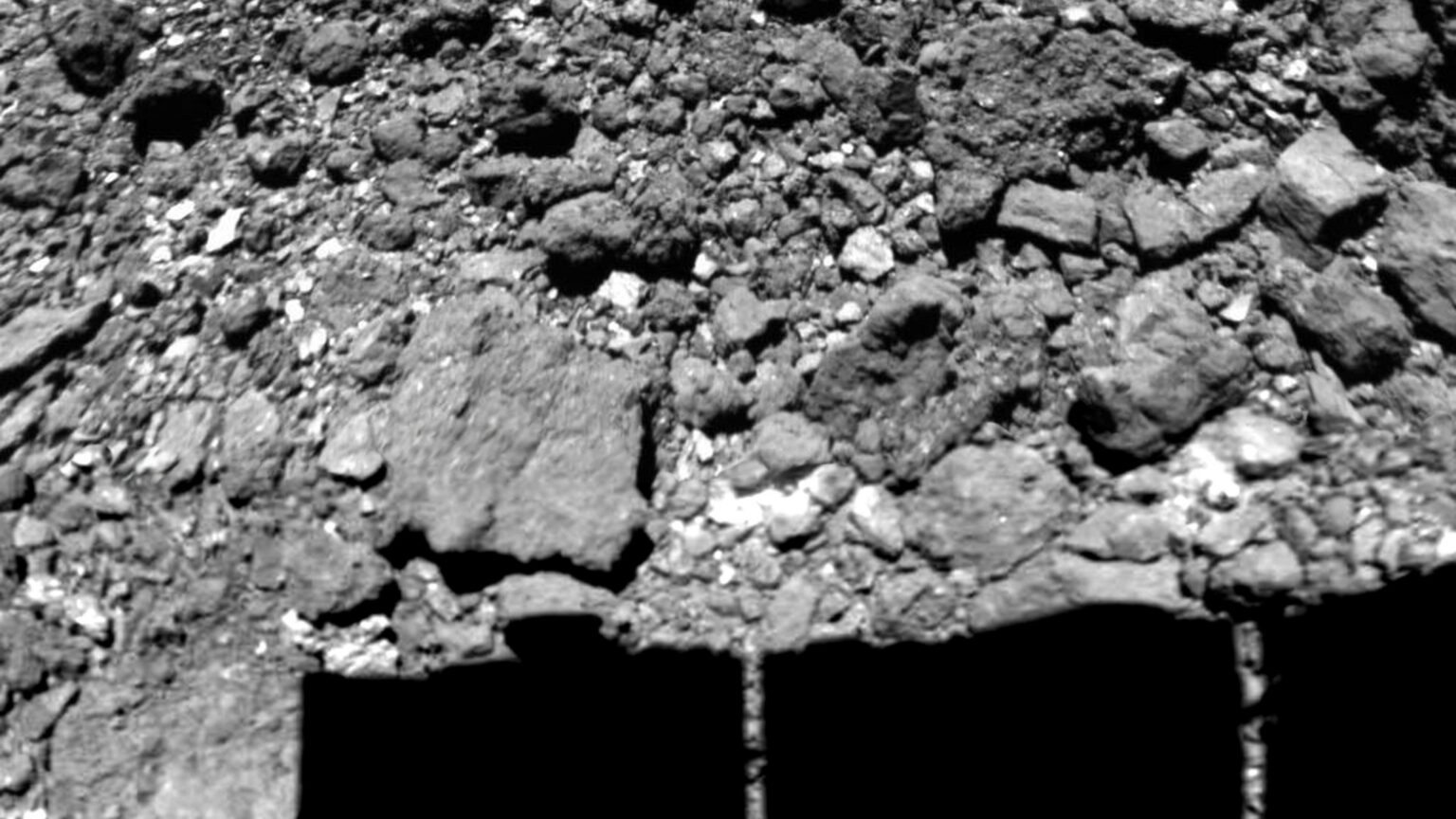Grains of silicon carbide older than the Solar System were found in samples of the material of the Ryugu asteroid delivered to Earth by the Hayabusa-2 spacecraft. Other minerals in its composition indicate that it was formed far from the Sun.

Grains older than the Solar System
In December 2020, a capsule with samples collected by the Hayabusa-2 spacecraft reached Earth. Thanks to it, scientists learned what the Ryugu asteroid consists of and what its history was. In 2022, publications about this are coming out one after another.
It is already known that this celestial body contains a lot of carbon and is generally very similar in composition to carbonaceous chondrites. Samples of its substance turned out to be very dark and the purest in the Solar System. In addition, scientists have suggested that it is the core of a burnt-out comet.
This time, scientists found grains of silicon carbide in the samples. This material is not found in nature on Earth, but scientists have known about it in laboratories for a long time. Moreover, there are several varieties of it, which differ in the isotopes of silicon that are part of it.
The silicon carbide found in samples from Ryugu mainly belongs to well-known varieties. But a small part of it belongs to a rare species, usually easily destroyed on asteroids. Obviously, something saved it from unwanted chemical reactions.
But the greatest sensation was the radioisotope analysis of these grains. It showed that their silicon carbides are older than the Solar System. This sounds sensational, but it did not come as a surprise to scientists. In the same carbonaceous chondrites, they repeatedly found grains which age is greater than that of the Sun.
Ryugu formed in the cold zone
At the same time, another article was published on the analysis of samples from Ryugu. In it, the authors used a different type of spectroscopy and combined it with X-ray microscopy. During these studies, compounds were found that cannot withstand temperatures above 30 degrees Celsius.
This indicates that the Ryugu asteroid was formed much further from the Sun than it is now. Scientists hope that further studies of the samples will help to learn more about the evolution of the Solar System.
According to www.space.com
Follow us on Twitter to get the most interesting space news in time
https://twitter.com/ust_magazine

